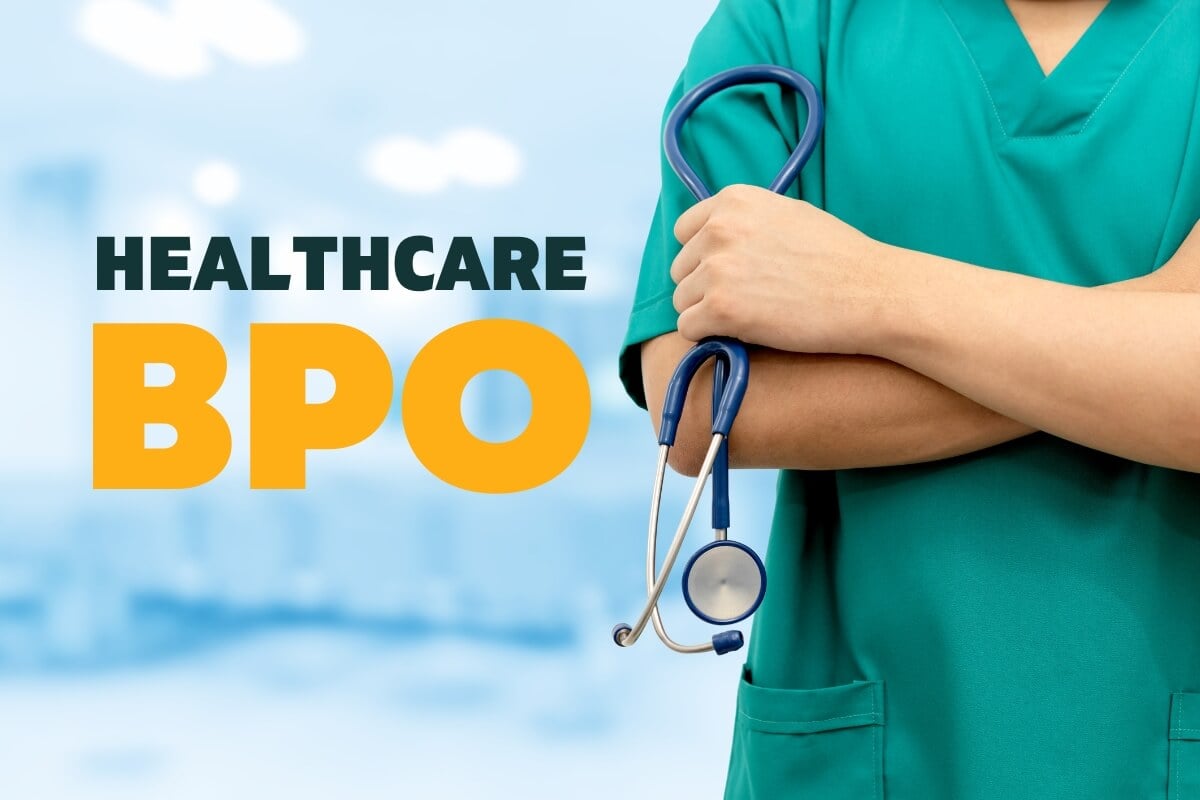A Comprehensive Guide on Just How Medical Care RCM Functions to Enhance Invoicing and Collections
Browsing the intricacies of health care revenue cycle administration (RCM) is important for service providers intending to improve their invoicing and collections procedures. The guide unloads the intricacies of RCM, from client enrollment to balance dues management, providing insights into optimizing each step. Incorporating advanced technology and standard procedures can dramatically reduce claim denials and increase settlement cycles. Yet, real challenge depends on seamlessly combining these components to enhance money circulation. As we explore the core elements and methods that drive efficiency, one concern continues to be: just how can health care entities best placement themselves to flourish financially in an ever-evolving sector?
Recognizing Revenue Cycle Monitoring
RCM is a vital management feature that incorporates the whole monetary process of person care, from the first visit setting to the final payment of the balance. It is an intricate treatment made to identify, collect, and take care of the revenue from the services offered to clients.
The RCM process starts when an individual routines a visit and expands through the client's treatment journey, consisting of billing and collections. A key goal is to reduce the time between giving a solution and obtaining payment, hence improving the organization's monetary health and wellness. RCM involves various functions such as client enrollment, insurance coverage verification, charge capture, coding, declares entry, settlement publishing, and handling rejections and allures.
Trick Elements of RCM
In the realm of Income Cycle Monitoring (RCM), understanding its vital parts is essential to achieving economic effectiveness within health care organizations. RCM is a detailed procedure that includes different stages, each vital to guaranteeing efficient payment and collections. The key components include client registration, insurance coverage confirmation, charge capture, coding, case submission, payment uploading, and receivable management.


Once coded, claims are submitted to payers, where accuracy is extremely important to avoid hold-ups or rejections - Healthcare RCM. Payment uploading involves recording the gotten settlements, which enables the reconciliation of accounts. Finally, receivables administration concentrates on monitoring and dealing with unpaid claims, making certain prompt follow-up and resolution
Each component of RCM is interconnected, and inadequacies in any part can disrupt the entire cycle. For that reason, grasping these aspects is essential for doctor to enhance revenue and improve their financial health.
Methods for Effective Billing

Systematizing payment procedures across the organization is one more vital method. Establishing clear guidelines for documents, coding, and submission assists keep consistency and conformity with regulative needs. Training staff routinely on these procedures guarantees everyone is up-to-date with the newest adjustments in payment codes and payer policies.
Precise fee capture is important in avoiding revenue leakage. Applying see this here regular audits and tracking systems enables the recognition and correction of disparities before they affect earnings. Additionally, maintaining open lines of communication with payers aids to quickly settle any disagreements or misconceptions that might arise.

Lastly, appealing clients early in the payment procedure by giving clear quotes and instructional materials regarding their monetary duties can significantly lower complication and enhance repayment timeliness. These strategies jointly contribute to an extra reliable and monetarily healthy and balanced payment system.
Enhancing Collections Processes
Provided the intricacies of clinical payment and the selection of payer requirements, boosting the collections procedure entails implementing strategic actions that ensure exact and prompt settlement of services made. Automation tools can help in tracking insurance claim conditions, sending prompt reminders to people, and managing denials more effectively.
Transparent and clear client communications are vital. Offering thorough explanations of charges and using versatile repayment strategies can enhance individual fulfillment and prompt payments.
Normal audits of the collections procedure need to be carried out to determine areas for enhancement and make sure compliance with regulations. By examining information, medical care companies can determine fads, prepare for potential issues, and adjust techniques accordingly (Healthcare RCM). Ultimately, a well-enhanced collections procedure not only sustains financial wellness yet also adds to a much more seamless experience for patients and personnel alike
Optimizing Revenue Streams
Building upon the foundation of a strong collections process, health care organizations can additionally strengthen their economic stability by purposefully enhancing profits streams. This entails a multi-faceted method, beginning with a comprehensive analysis of existing income resources to determine ineffectiveness and areas for development. Employing innovative data analytics devices enables organizations to obtain best site understandings into payer mix, person demographics, and solution utilization patterns, enabling data-driven decisions that enhance income capture.
Carrying out automated invoicing systems can significantly decrease errors and quicken insurance claims processing, ensuring that income is collected a lot more efficiently. Additionally, maximizing payer agreements through normal settlements can enhance compensation prices and terms, straight impacting the lower line. Diversifying solution offerings, such as incorporating telehealth or health care, can likewise attract a broader client base, thus boosting income capacity.
An additional crucial part is enhancing patient engagement and contentment, as completely satisfied individuals are most likely to follow therapy strategies and make timely settlements. Using versatile repayment choices and transparent invoicing practices can improve collections and foster individual commitment. Healthcare RCM. By taking on these strategies, health care companies can develop an extra resistant monetary framework, ensuring sustained development and security in an ever-changing market landscape
Verdict
In verdict, health care Profits Cycle Monitoring (RCM) plays a critical role in maximizing payment and collections procedures by incorporating crucial elements such as individual enrollment, insurance coverage verification, charge capture, coding, declares entry, and balance due administration. By employing sophisticated innovation, systematizing procedures, and fostering client involvement, medical care suppliers can substantially decrease claim denials, increase payment cycles, and boost cash flow. This thorough strategy to RCM eventually causes boosted financial performance and sustainability for healthcare companies.
The RCM process starts when a person schedules a visit and extends through the person's care trip, consisting have a peek at these guys of payment and collections.An additional important element is enhancing person involvement and satisfaction, as completely satisfied clients are much more most likely to adhere to therapy strategies and make prompt repayments. Providing adaptable repayment choices and clear payment techniques can improve collections and foster individual loyalty.In final thought, healthcare Earnings Cycle Monitoring (RCM) plays a crucial role in enhancing billing and collections processes by incorporating essential elements such as individual enrollment, insurance policy verification, fee capture, coding, claims submission, and accounts receivable administration. By utilizing sophisticated modern technology, standardizing procedures, and promoting person involvement, health care carriers can dramatically decrease claim denials, accelerate settlement cycles, and enhance money circulation.